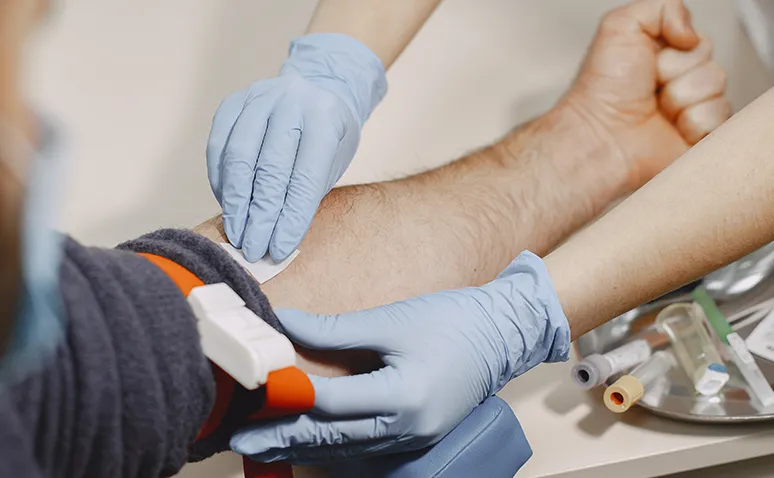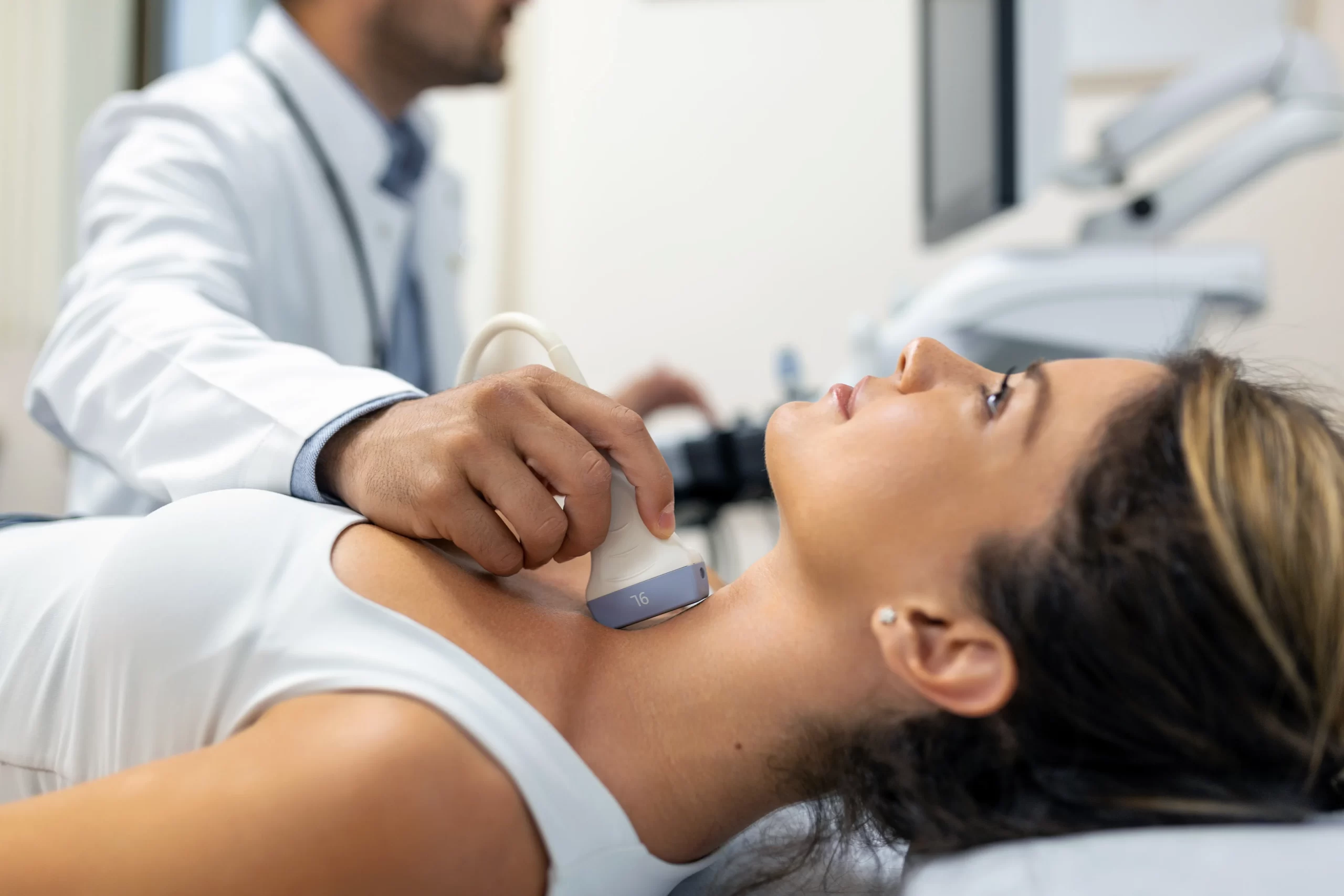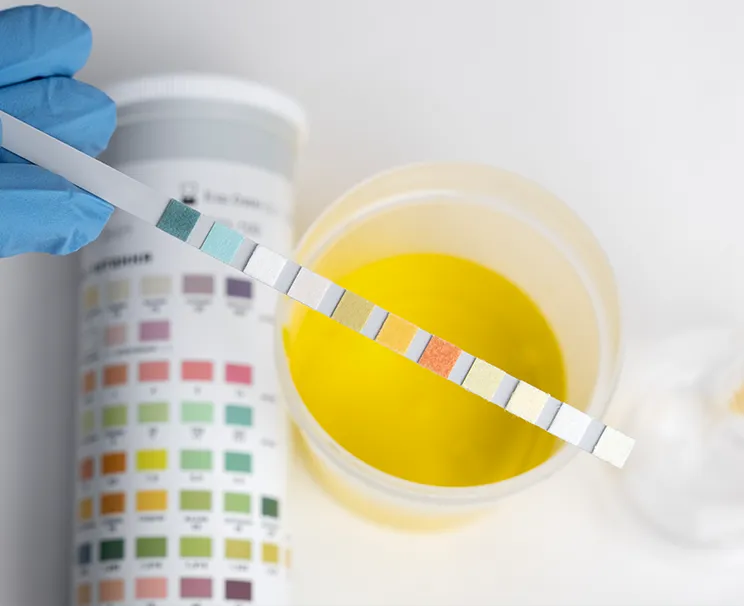Why is a hysterosalpingography performed it is a significant question for many individuals concerned with women’s health. This imaging method is primarily used to assess the openness of the fallopian tubes and to examine the intrauterine structure in detail. It is typically among the first diagnostic tools used in women who face difficulties in conceiving.
Why is a hysterosalpingography performed the purpose goes beyond just investigating fertility issues. This procedure can also help identify structural abnormalities such as polyps, fibroids, and adhesions. Moreover, prior to in vitro fertilization, the condition of the uterine canal is evaluated to develop a suitable treatment plan. This approach minimizes potential risks and improves the likelihood of a successful outcome.
Situations in which hysterosalpingography is performed include:
Why Is a Cervical Film Taken?
One of the most common techniques in evaluating women’s reproductive health is the application of a hysterosalpingography (HSG). This test is especially important in infertility evaluations and diagnosing certain gynecological conditions. Factors such as the state of the ovaries, the openness of the fallopian tubes, and obstructions in the uterine canal can be visualized in detail.
Structural problems in the cervical area can sometimes prevent pregnancy. In such cases, an HSG can determine the origin of the problem. Especially in women who have previously experienced miscarriage, abortion, or infections, the uterine structure may have been affected. Therefore, the patient’s medical history should be carefully assessed before the film is taken.
This procedure, also known as hysterosalpingography HSG, is performed by radiologists using a special contrast agent. For those wondering how a hysterosalpingography is performed, the steps are as follows:

The hysterosalpingography procedure is usually performed without anesthesia; however, pain relievers may be used depending on the level of sensitivity. Some patients may experience mild cramping or spotting after the procedure, but these effects are usually short-lived.
Sterility is ensured during the procedure to reduce the risk of infection. Cervical imaging answers many questions related to reproductive health and helps guide the appropriate treatment.
Types of Hysterosalpingography
Hysterosalpingography is mainly performed using HSG (hysterosalpingography), but there are other types depending on the technology used. These types are classified based on the imaging technique and the equipment used during the procedure:
The most commonly used type. Contrast material is administered into the uterus, and the condition of the tubes and intrauterine structure is evaluated using X-ray.
A radiation-free alternative using ultrasound with contrast material. It is a more comfortable option for women with sensitive anatomy.
Rarely preferred. Used especially when detailed tissue analysis is needed, using magnetic resonance imaging to evaluate the uterus.
With the right technique, it is increasingly possible to obtain accurate results and improve patient comfort.
Frequently Asked Questions
HSG, or hysterosalpingography, is an imaging method used to examine the structural condition of the uterus and fallopian tubes.
It is commonly recommended for women who have difficulty conceiving, or if there is suspicion of tube blockage, polyps, fibroids, or adhesions.
A contrast agent is introduced into the uterine cavity, and its flow through the uterus and fallopian tubes is tracked using an X-ray device.
Mild pelvic pain, spotting, or slight cramping may occur after the procedure, but these symptoms are typically short-term.
Although rare, infection, allergic reactions, or a sense of discomfort may develop; however, risks are significantly reduced under sterile conditions.
The report includes key findings such as whether the tubes are open, any structural abnormalities in the uterus, or narrowing-these should be interpreted by a specialist.
For more detailed information about the hysterosalpingography procedure and to book an appointment, you can contact Denge Tıp directly.










